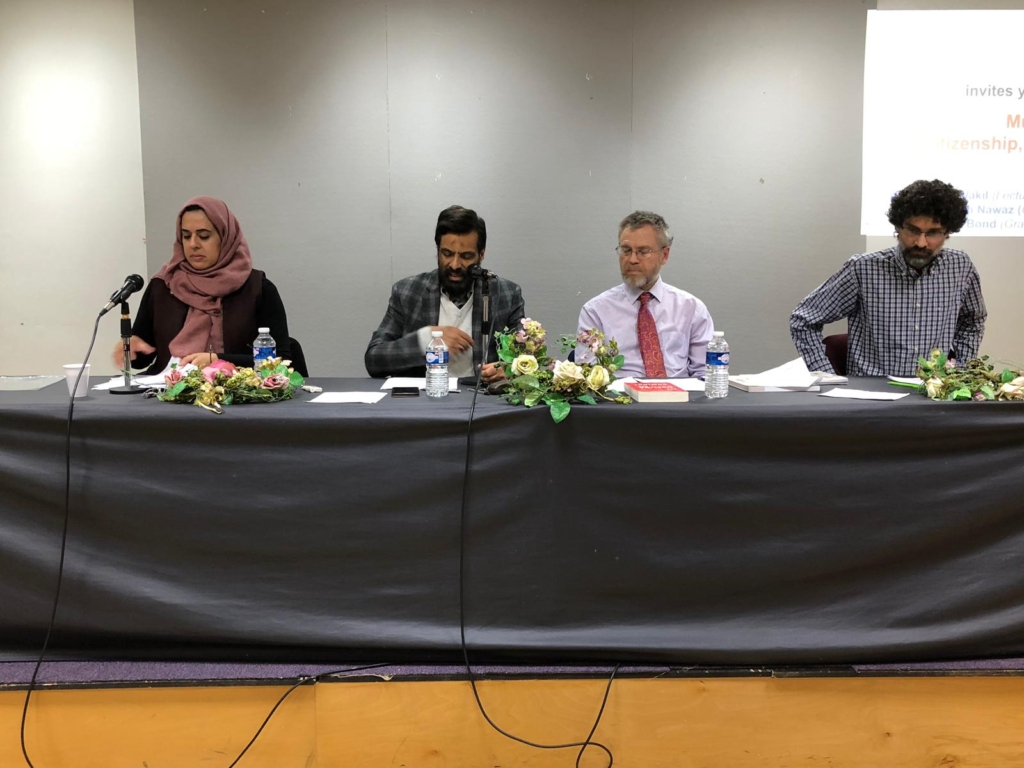There have been countless occasions that have shown the importance of healthcare workers.
The last pandemic reminded us of the crucial role they have played in our lives, with doctors, nurses and healthcare workers making remarkable sacrifices to support humanity.
After witnessing their most recent efforts to preserve our health, have you wondered how medicine, particularly surgery, achieved such progress?
And, have you, by any chance, been made aware of Islam’s undeniable contributions to medicine and operational surgery?
“[Al-Zahrawi’s] 30-volume medical encyclopaedia, Al Tasrif, is an elaborative compendium on cauterisation, incision, perforation, venesection, wounds and bone-setting”
From Ibn Sina, Ali Ibn Rabban Al-Tabari, Rufaida Al Aslamiyah to Ibn Al-Haytham and Ibn Zuhr, the followers of Islam and Islamic science played a vital role in the development process of modern medicine.
Among dozens of others, today we will be talking about Abu al Qasim al Zahrawi, who is also called the father of operative surgery and inspired European understanding of surgery for centuries.
Generally known as Albucasis, particularly in the West, the Latinised version of his name, Al Zahrawi was born in a place nearby Cordoba, located in southern Spain, in 936, during the term of the Umayyad Caliphate, which was one of the most remarkable and prosperous periods of Islamic History.
His medical genius and capability paved the way for him to serve as the court physician during the caliphs al-Hakam II and his successor, al Mansur’s term.
As a Muslim polymath and surgeon, Al Zahrawi was mainly influenced by the instructions and advice of Prophet Muhammed regarding the treatments of diseases.
Al-Zahrawi, for the first time, used catgut during surgical operations for internal stitches, which are still in use.
It is widely argued that he was the first surgeon who used cat intestines for sutures which were used for centuries after him to stitch up internal cuts and wounds.
Besides that, he invented more than 200 surgical tools for the C-Section during his lifetime and discovered the leading cause of paralysis while explaining the process of a fractured spine. But, Al Zahrawi was not content with what he had found. He kept improving his inventions and figured out how to sterilise surgical tools by using a unique combination of chemicals.


